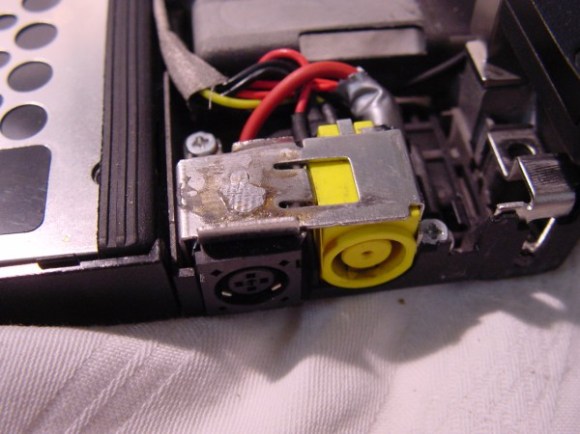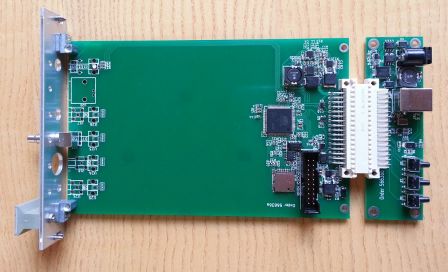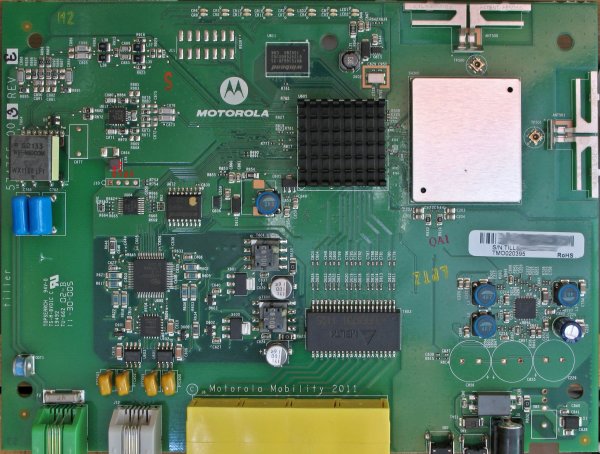Cardboard box computer

[Alistair] chapman had a Laptop with a broken screen sitting in his parts bin. He knew he had an LCD panel on hand that would probably work with it, but it wouldn’t fit in the case. His solution was to transplant all the computer parts into a cardboard box from a motherboard.
This violin is garbage

The kids in this orchestra live in a villiage built on top of a landfill. But they make the most out of what they have. This orchestra is composed of instruments built from garbage and they seem to work pretty well. [Thanks Bruce]
More LED mystery puzzles
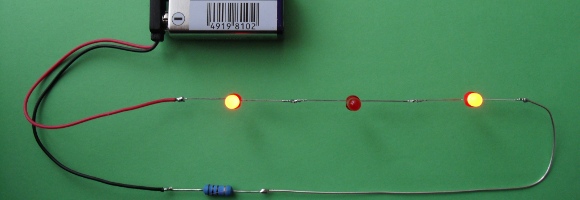
[Henryk] is at it again. He puts together some very impressive circuits that play tricks on your engineering mind. His latest is three LEDs in series. Look closely and you’ll see they’re not performing as expected. Watching the solution to one of his previous puzzles will help you figure out how he’s doing it. His work is simply amazing.
Netbook framed as a dedicated weather station

Not wanting to get rid of old but still working hardware, [Retro Toaster] built a dedicated weather station by mounting the screen, keyboard, and track pad in a picture frame.
Current and voltage testing your USB projects
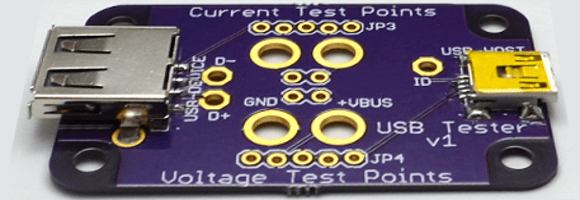
This dev board is a pass-through for USB devices. It makes voltage and current testing your device quite simple.


